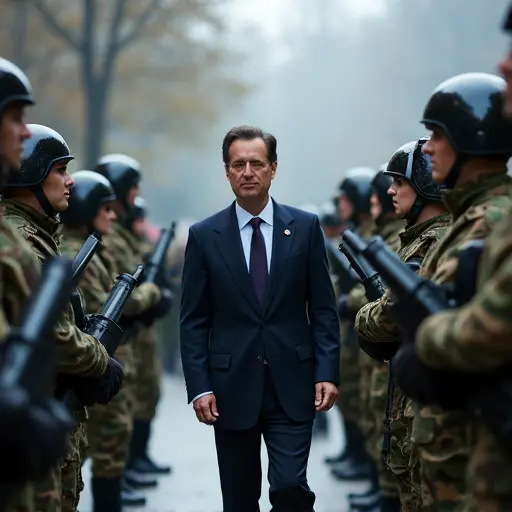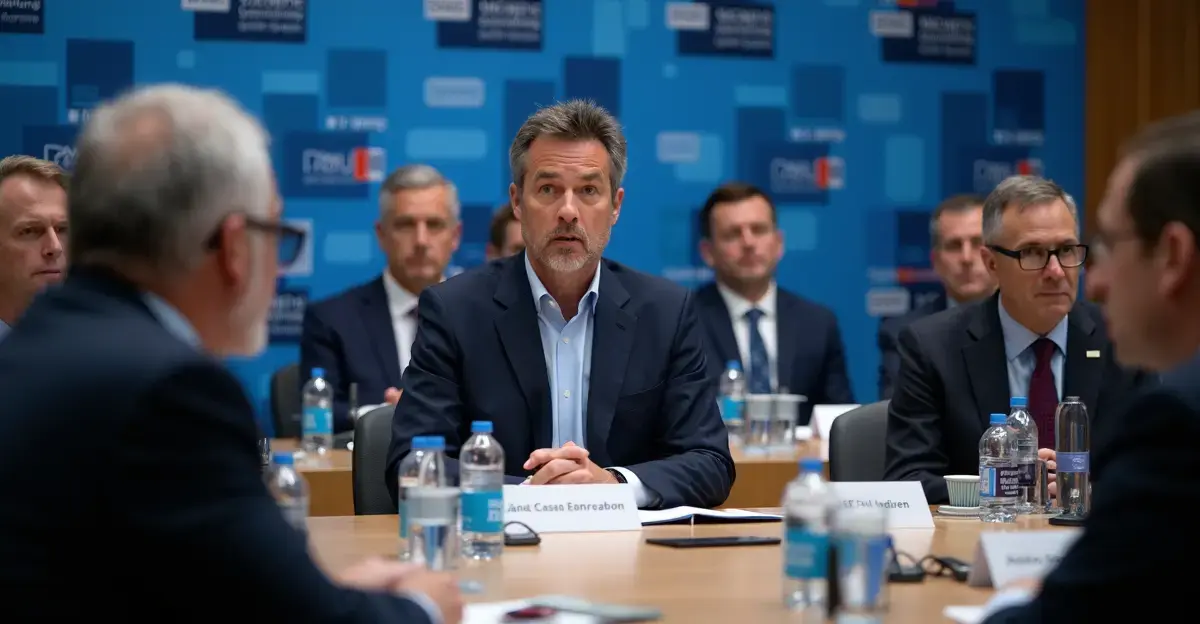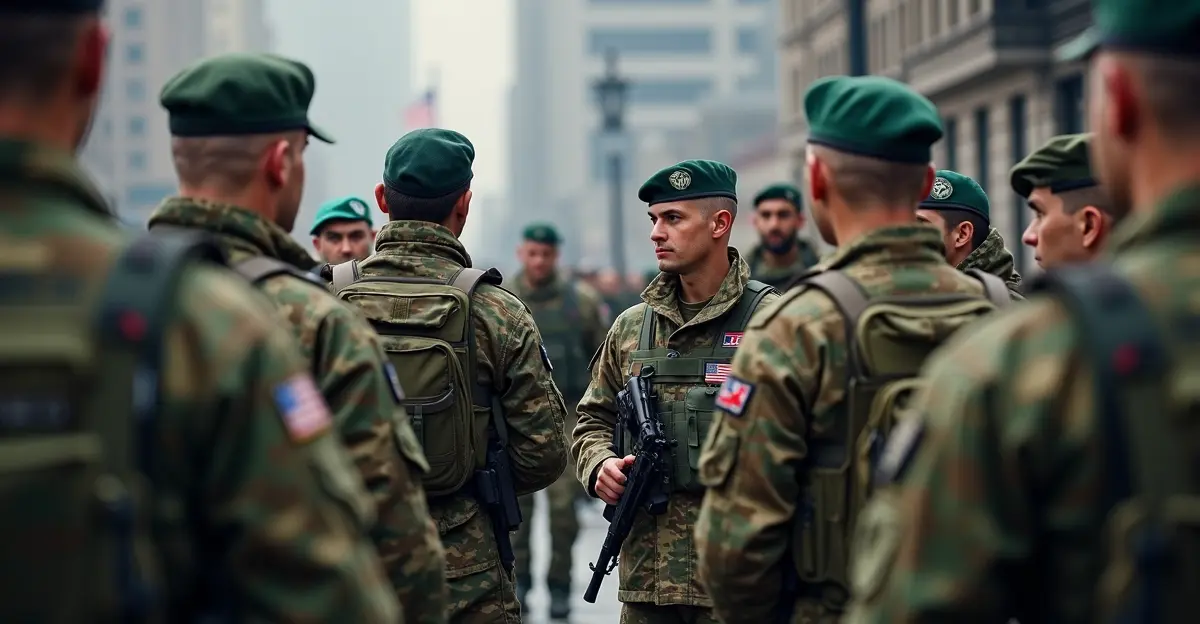NATO members commit to historic 5% GDP defense spending target by 2035, doubling previous goals. The Hague Investment Plan requires 3.5% for core military needs and 1.5% for security infrastructure. All members except Spain agreed to the landmark pledge.

Landmark Agreement at The Hague Summit
NATO leaders have reached a historic agreement at the 2025 summit in The Hague, committing all member states to increase defense spending to 5% of GDP by 2035. This represents more than double the previous 2% benchmark established in 2014 and marks the most significant defense investment pledge in the alliance's 76-year history.
The new Hague Investment Plan establishes a two-tiered structure: 3.5% of GDP must be allocated to core military expenditures including personnel, operations, and equipment, while the remaining 1.5% can be directed toward security-related spending such as cybersecurity, critical infrastructure protection, and defense innovation.
Strategic Shift Amid Growing Threats
The decision comes amid heightened security concerns following Russia's continued aggression in Ukraine and growing global instability. In his first major address as NATO Secretary General, Mark Rutte emphasized the need for immediate action, stating: 'We must shift to a wartime mindset and turbocharge our defense production and defense spending. The security environment demands nothing less.'
The summit revealed both unity and division among the 32 member nations. Poland, already NATO's largest relative defense spender at 4.5% of GDP, welcomed the ambitious target. Polish Defense Minister Mariusz Błaszczak commented: 'This commitment demonstrates that NATO understands the gravity of the security situation. Poland has been leading by example, and we're pleased to see others following.'
Member Commitments and Challenges
While most members embraced the new target, significant challenges remain. Spain received an exemption from the 5% commitment due to domestic budget constraints and welfare priorities, while Slovakia and Greece expressed reservations about the feasibility of such rapid increases.
According to recent data, only 11 of NATO's 32 members currently meet the previous 2% spending target. The United States remains the largest absolute contributor, spending approximately $980 billion annually on defense, representing about 65% of NATO's total defense budget.
Eastern European nations have been particularly vocal about the need for increased spending. Estonian Defense Minister Hanno Pevkur noted: 'The Baltic countries have already raised their spending significantly. Now we must work together to ensure all allies understand the urgency of this moment.'
Capability Investments and Modernization
The summit also addressed critical capability gaps and modernization priorities. Defense ministers agreed on new capability targets focusing on air and missile defense, long-range strike capabilities, and enhanced cyber defenses. The alliance aims to boost weapons and equipment stockpiles by 30% to address potential supply chain vulnerabilities.
Major equipment procurement programs are already underway across the alliance. Poland's recent $6.7 billion purchase of 180 South Korean K2 tanks will give the country more main battle tanks than Germany, France, the UK, and Italy combined. Similar modernization efforts are occurring across Europe, with particular emphasis on artillery, air defense systems, and naval capabilities.
Implementation and Oversight
Member states must submit detailed national roadmaps by mid-2026 outlining their path to achieving the 5% target. The alliance will conduct its first major review in 2029 to assess progress and make necessary adjustments.
The agreement represents a fundamental shift in NATO's approach to collective security. As one senior NATO official explained: 'This isn't just about meeting spending targets. It's about fundamentally transforming our defense industrial base and ensuring we have the capabilities needed to deter any potential aggressor.'
The commitment could potentially increase global defense spending by hundreds of billions of dollars annually, creating significant economic implications while fundamentally reshaping the global security landscape for decades to come.

 Nederlands
Nederlands
 English
English
 Deutsch
Deutsch
 Français
Français
 Español
Español
 Português
Português









